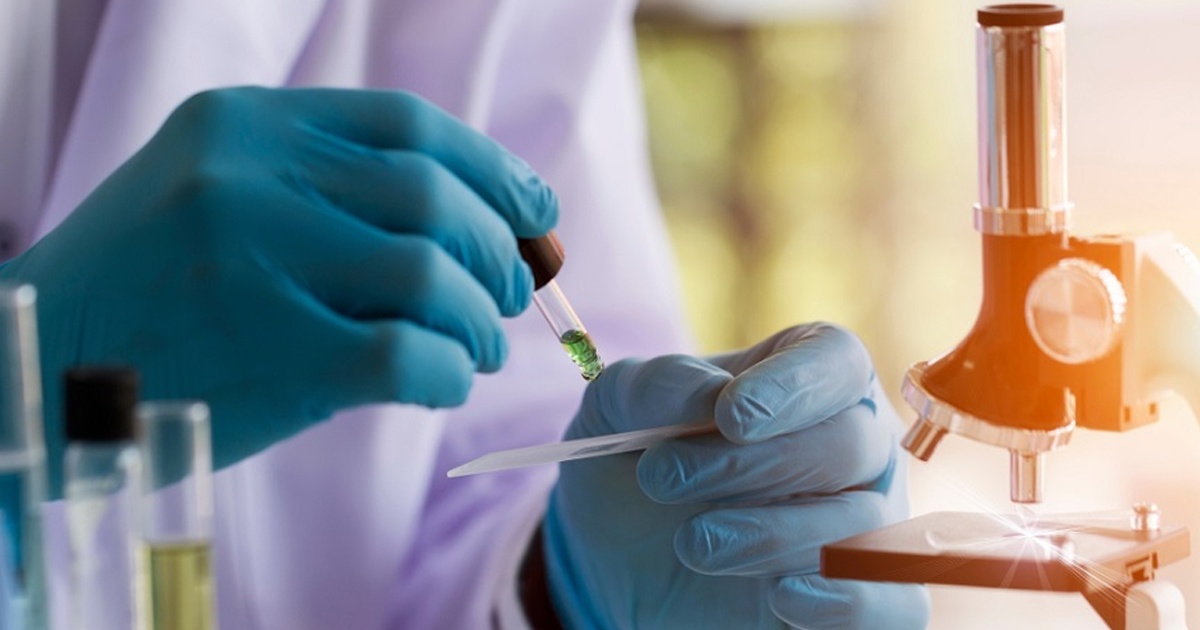This advance that has its foundations in crystallization processes seeks to accelerate drug development.
Researchers from the University of Houston and the University of Brussels published in Nature the progress they have made in observing at the molecular level the reaction of compounds that inhibit crystal growth in malaria medicines.
“You would expect using two drugs that attacked crystallization in two different ways would be synergistic, or at the very least additive,” explained Jeffrey Rimer, professor of Chemical and Biomolecular Engineering at the University of Houston and co-author of the article. “Instead, we found that they can work against each other.”
The results of medicines used through antagonistic cooperation were less effective together than individually, so this research would allow the design of more effective malaria or malaria treatments.
However, the real advantage of this scientific breakthrough for drug development is that it involves a new way of selecting molecules which would allow the development of new treatments in less time.

For testing in this research, they studied the growth of hematic crystals in the presence of four antimalarial drugs: chloroquine, quinine, mefloquine and amodiaquine.
“This mechanism may provide guidance in the search for suitable inhibitor combinations to control crystallization of pathological, biomimetic, and synthetic materials,” the researchers wrote. “In a broader context, our results highlight modifier interactions mediated by the dynamics and structures on the crystal interface as a prime element of the regulation of the shapes and patterns of crystalline structures in nature and industry.”






